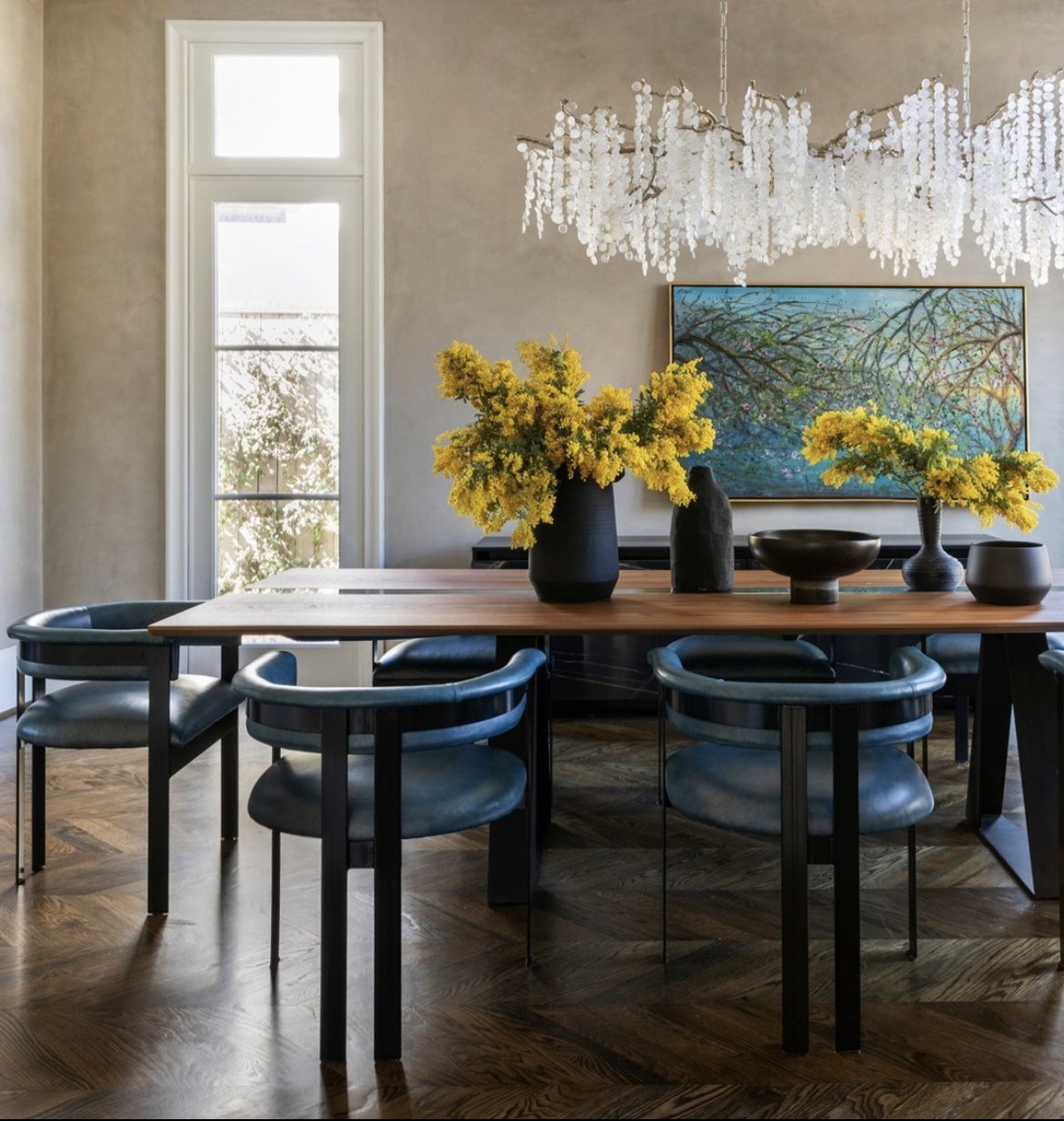Colour Theory in Interior Design
June 21, 2021
Source: Nina Magon Studio
Colour is such an important factor in interior design, maybe even the most important, so it can be an extremely daunting part of the design process.
Colours have qualities that can evoke certain emotions in people, it can affect mood, cognitive function, creativity and productivity – you see now why it’s so important. Although the effects of the colours may seem similar, there isn’t a ‘one size fits all’ formula. How we perceive colour is affected by our age, gender, culture, and even ambient temperature (if you are colder, you tend to favour warmer colours, and vice versa – yes, really!). Life would be very dull if we all favoured the same colours anyway, right?
There are still colours that are more likely to conjure certain emotions, so start by thinking about the kind of atmosphere you want to create, and which hues (that’s the pure pigment) will help you achieve this. Warmer colours, for comfort, and passion, and cooler colours usually create a sense of calm. Colour can even influence perceptions that are not obvious, such as the taste of food – something to bear in mind before you paint your kitchen purple.
Adding colour can mean different things to different people. You could bring focus to that yellow statement piece, or go full throttle with the paint bucket for total immersion. Whichever end of the scale you prefer, there are several different ways you can bring colour into a room.
Even if total immersion is not for you, understanding paint colours, and their undertones, is very important – so although you might be able to tell the difference between red and blue, can you spot it in the undertones of a white paint? Not all white paint is created equal and undertones are often the key to creating a cohesive colour palette. Maria Killam is the ultimate colour expert and has a whole e-book just covering whites (highly recommend it!).
The world of colours is practically infinite, so understanding the difference between warm and cool colours, and how tint, tone and shade affect colour, is a good place to start. Over the coming weeks, we’ll be sharing some tips and tricks on how to pick your favoured hues, select a colour palette, and ways to bring colour into your home.
If you need a little encouragement to go bold or don’t know where to start with adding colour, we are here to help - you can learn more about our in-person or virtual interior design services here.

